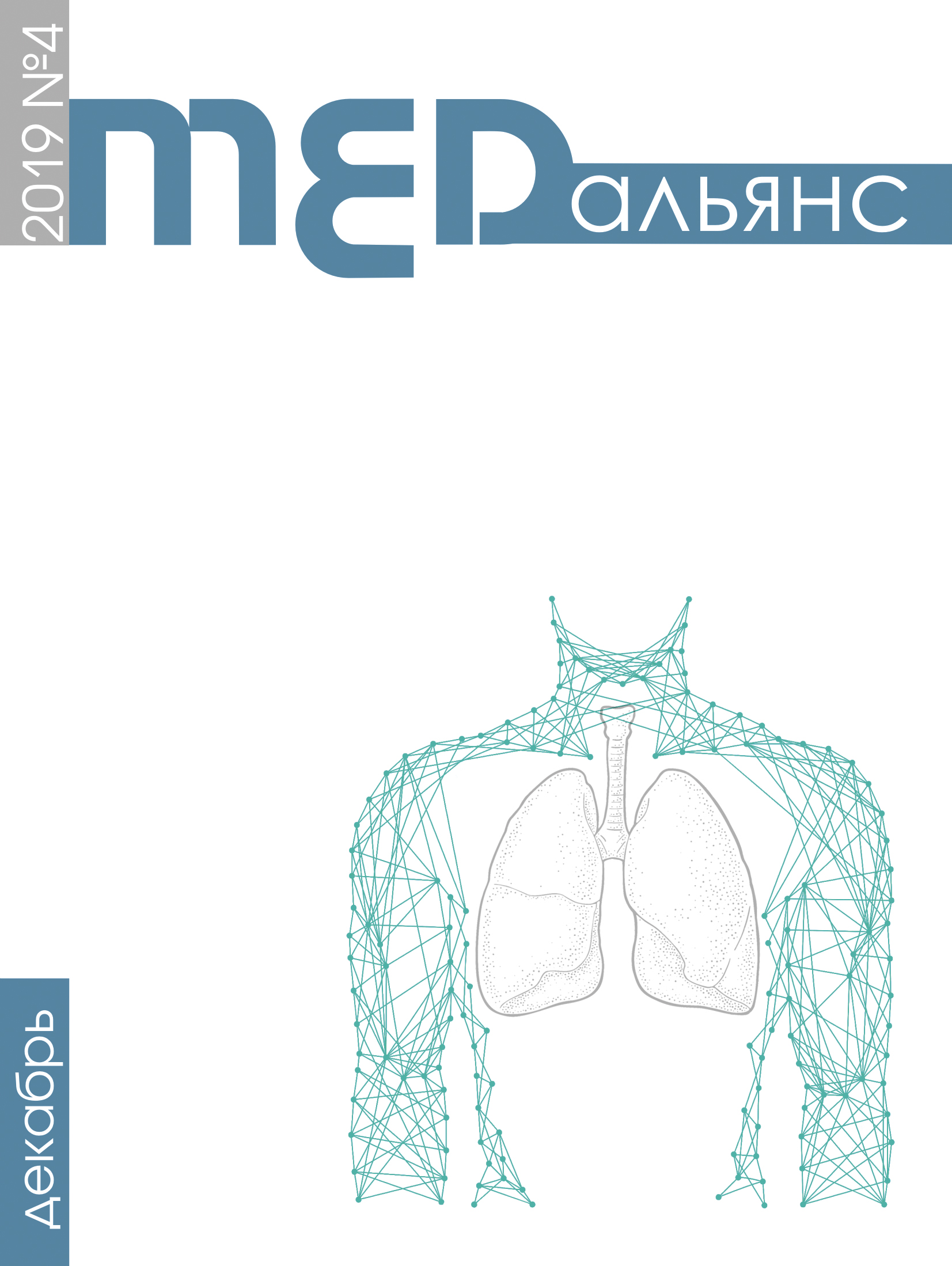Abstract
Objective: to assess the HIV epidemic as one of the social significant infectious diseases, which is representing biological threat to the population of Russia. Materials. The data of the forms of Rosstat Nos. 4, 8, 33, 61 were studied. The number of the deaths is presented according to the Rosstat. Methods: epidemiological, statistical, expert assessment, content analysis of literary sources and regulations. Results. In Russia, the HIV epidemic has stabilized. Over the past three years, approximately the same number of people infected with HIV has been registered for the first time (2016 — 86 855 people; 2017 — 85 802 people; 2018 — 85 995 people). The average growth rate of the incidence of HIV infection over 10 years (2006–2015) accounted for 9,8%. Due to the stabilization of the incidence of HIV infection, the contingents of AIDS centers have also begun to grow more slowly in recent years. The prevalence rate of HIV-infected people at the end of 2018 grew by only 1,2% compared to 2017 (435,3 versus 430,2 per 100 000 of the population). The average growth rate of HIV prevalence over 10 years (2006–2015) accounted for 9,4%. The growth rate of mortality from HIV infection significantly decreased. If the average growth rate of mortality for 10 years (2006–2015) amounted to 26,6%, then over the past three years (2016–2018) — 10,0%, and in 2018 compared to 2017 — only 2,2%. The number of HIV-infected tuberculosis patients, who died from various causes, decreased for the first time in 2018 (2016 — 8217 people, 34,0% of those who died from various causes of HIV infection; 2017 — 8439 people, 31,3%; 2018 — 8022 people, 26,5%). The average age of people, who have first identified antibodies to HIV and who have died from HIV infection, is growing. At the age of 15–34, they fall ill less often (2016 — 47,2%; 2017 — 43,7%; 2018 — 39,6%) and die (2016 — 35,0%; 2017 — 30,8%; 2018 — 26,9%) in relation to all newly registered persons and those who died from HIV infection.

